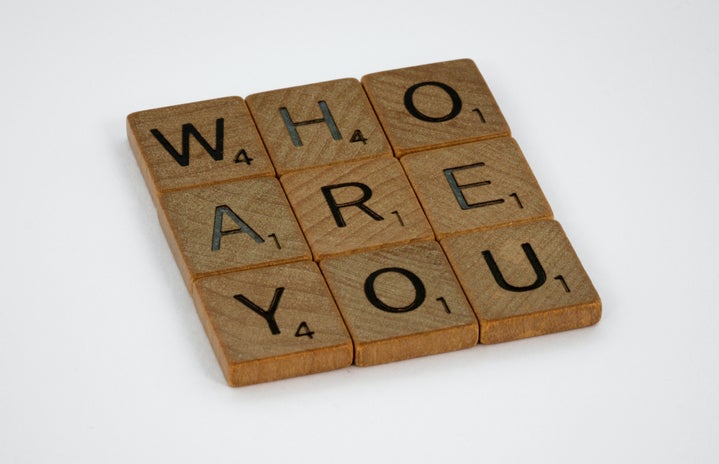Growing up, I always knew I was Mexican. My parents were both Mexican and they raised me with the knowledge that I, too, was Mexican. I didn’t identify as “American” and I didn’t consider it a part of my identity until I got to high school.
Because I went to an atypical high school composed of less than 100 students—15 of which made up my graduating class—, I received a more dedicated approach to education. Since my teachers were able to get to know their students extremely well, they didn’t shy away from challenging our perceptions and world view.
This meant being introduced to terms like “first-generation” and “minority.”
Of course, I was aware that while my parents were born and raised in Mexico, I was not, having been born and raised in the United States after they migrated here from their homeland. But I was not aware of such terminology like “first generation,” much less the term “minority.”
I knew that I was different—“ethnic” if you will—because I was of Mexican descent, but it never once occurred to me that being Mexican meant that I was a minority, especially when I was raised in a predominantly Latino community.
Still, being taught these political and social identities as an awkwardly nervous freshman left an impression on me that is still felt to this day. At the time, I didn’t know how to properly identify myself. Was I Mexican? Was I American? Could I be both? Did I have to choose one over the other?
I had no answer, and I still don’t.
What I did know was that it didn’t matter if I identified as Mexican or not because I looked Latino, or at the very least ethnic enough to be classified as a minority. And, I was the head of a new age in my family, paving the way for our descendants to reap the benefits my parents migrated to this country for.
Suddenly, my upbringing revealed a pressure on my shoulders that I had not noticed until then. It was quite the load to carry, especially with my narrow shoulders. Feeling like I should stick with the identity I had initially and originally worn with great pride, I shunned the “American” identity I have unwittingly always carried with me by virtue of being born in the country.
But my identity no longer fit. I suddenly felt as though what used to be a perfect fit was now too big for me. I didn’t fill out the identity the way I used to. I felt as if I wasn’t Mexican enough to properly claim such an identity. After all, how can I be Mexican? It’s not like I spoke the language well enough to not embarrass myself. I was not born in the country. I didn’t celebrate the cultural holidays the way my family members in Mexico did. I didn’t listen to any Mexican music, or any Spanish song really.
But I also didn’t feel American. I didn’t feel any sense of pride in my country. Was I grateful for the opportunities afforded me? Of course. But I couldn’t feel pride when there were people who identified as American and were staunchly against immigrants, against my mother, who sacrificed everything to give me a better life and never once made me feel like we were poor despite knowing we were. It didn’t help that this identity crisis happened during the 2016 presidential election, which had Donald Trump heading a very racist campaign against the very culture and people I identified with.
I struggled with this identity crisis all through high school, feeling too Mexican to be American and too American to be Mexican. And while I still struggle with this break in identity, trying to find a balance between two cultures, I have decided follow in the footsteps of Hannah Montana: live the best of both worlds.
I love to eat enchiladas as much as I love to eat hamburgers and fries. I speak Spanish and I speak English. I listen to Selena Quintanilla and Doja Cat.
I am Mexican, and I am also American.

